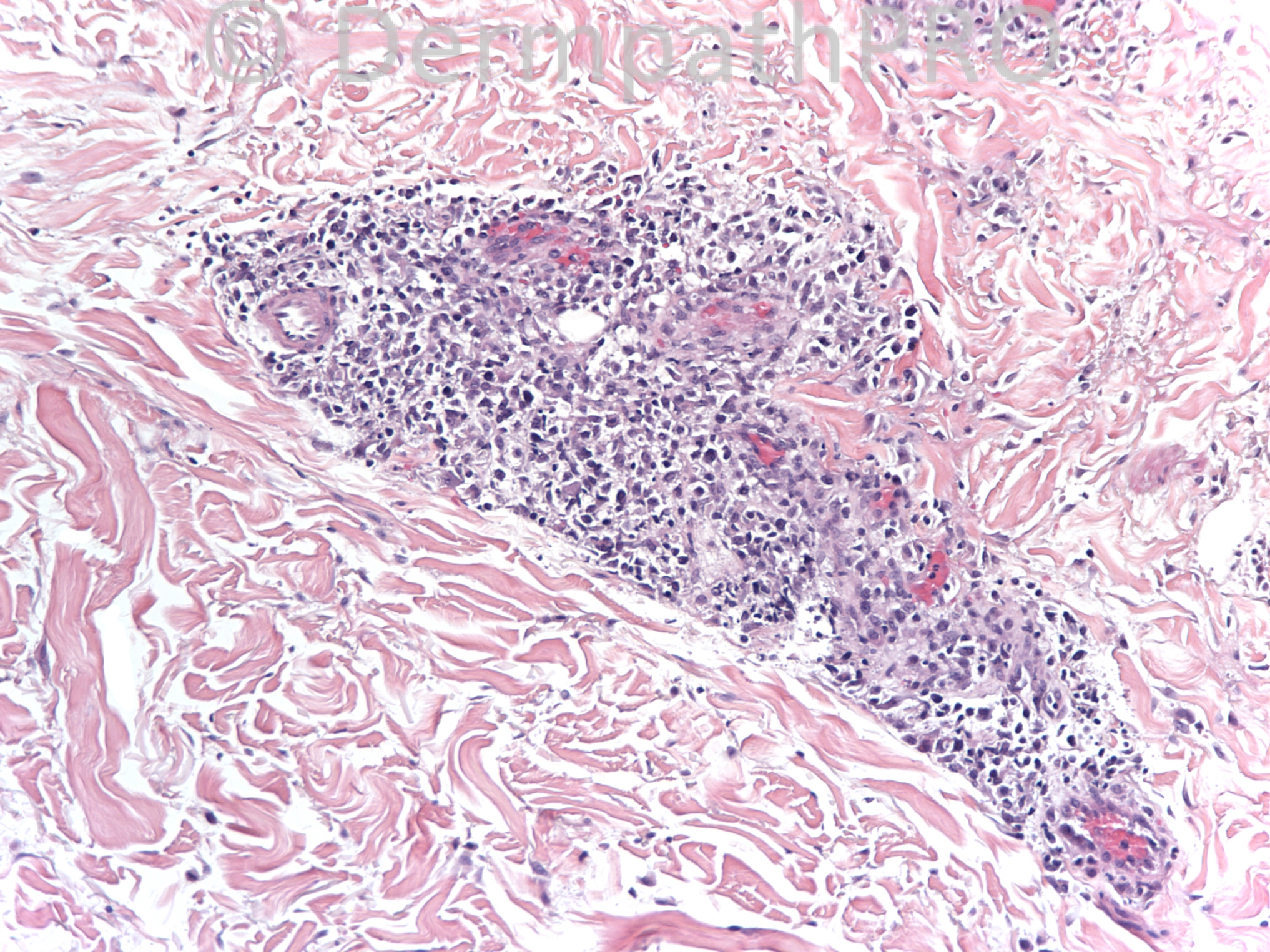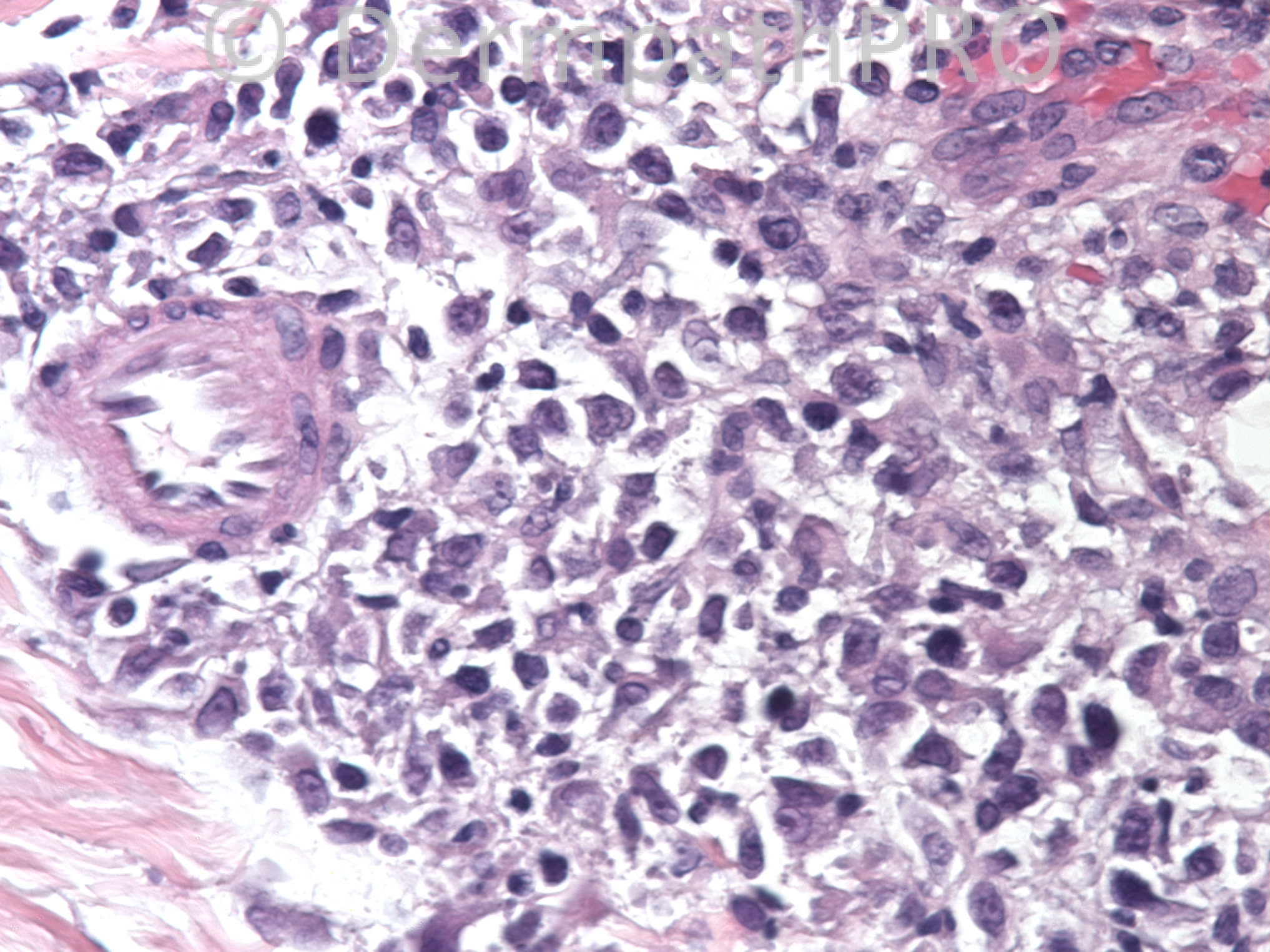Case Number : Case 1184 - 6th January Posted By: Guest
Please read the clinical history and view the images by clicking on them before you proffer your diagnosis.
Submitted Date :
35 year old man with numerous scattered papules that come and go over a two week period. They heal with a small scar. A fresh papule on the trunk is biopsied.
Case posted by Dr Uma Sundram
Case posted by Dr Uma Sundram





Join the conversation
You can post now and register later. If you have an account, sign in now to post with your account.